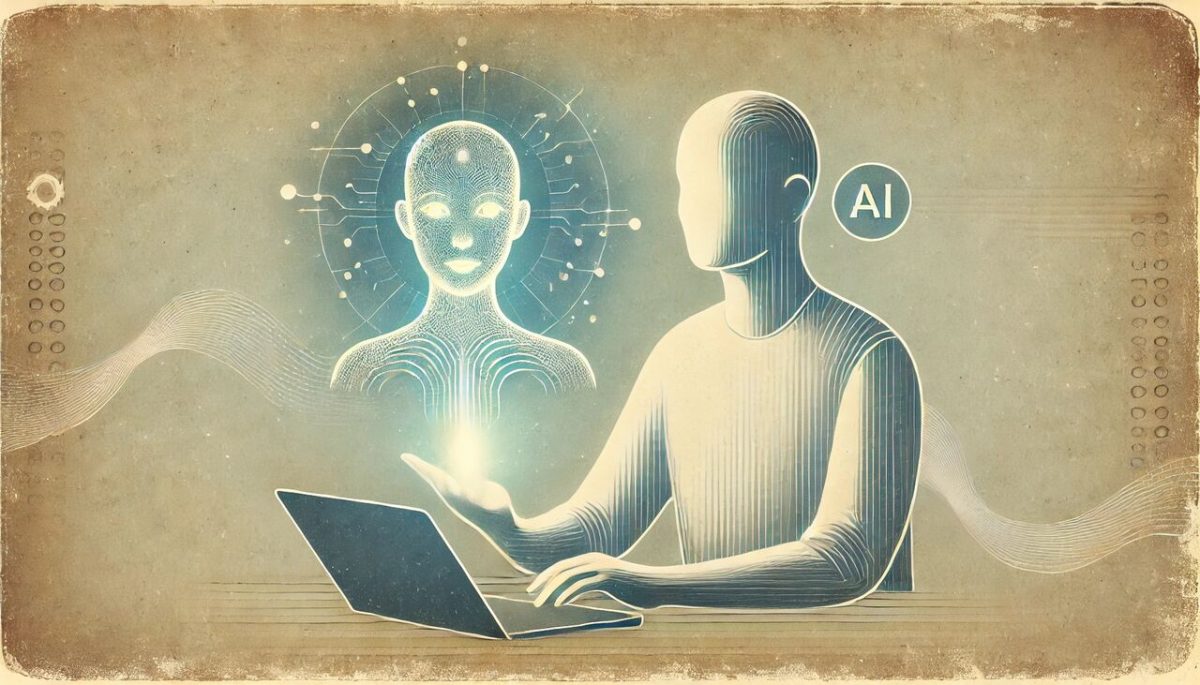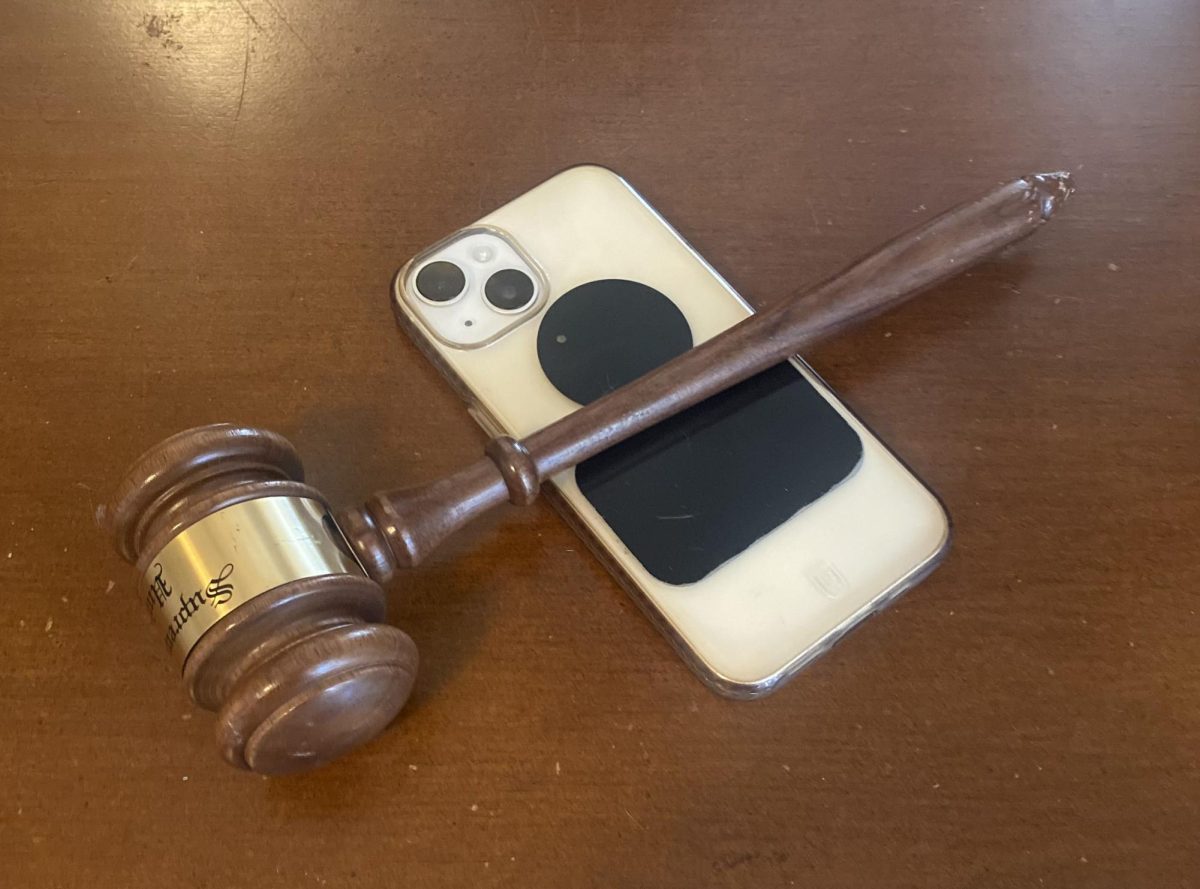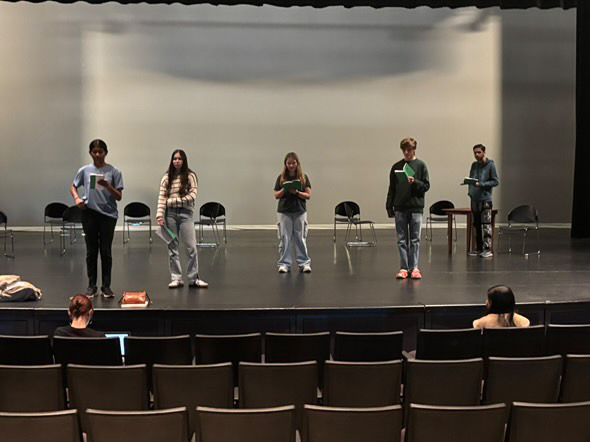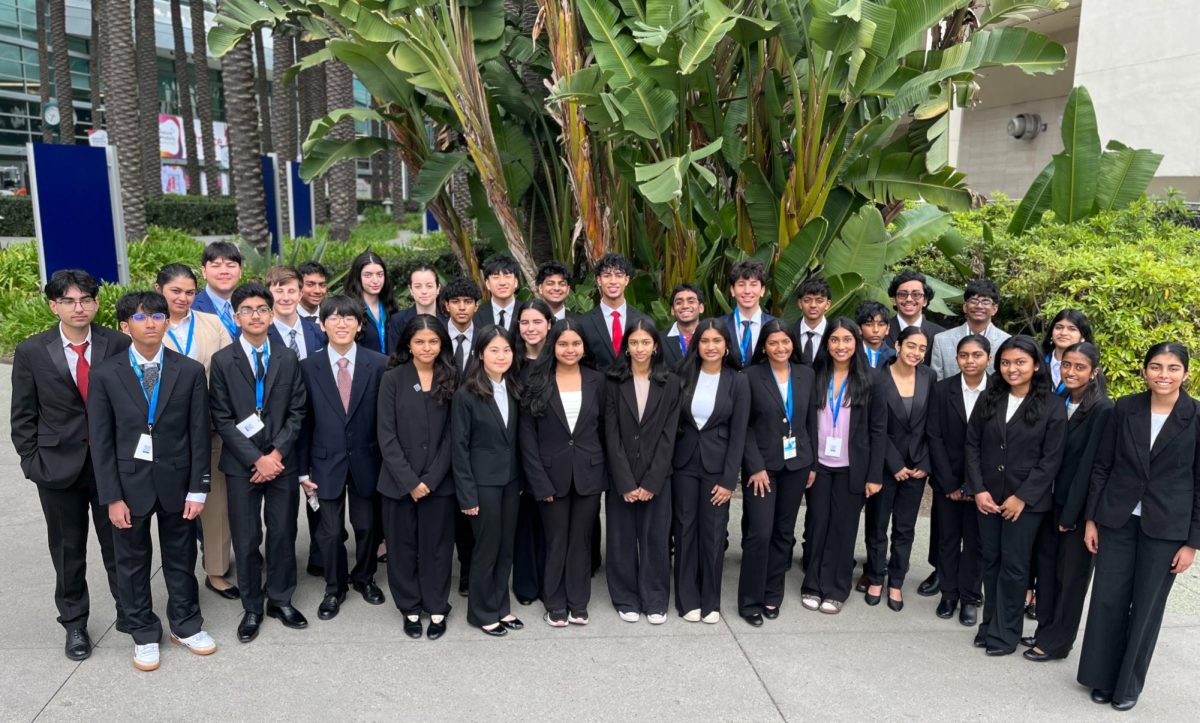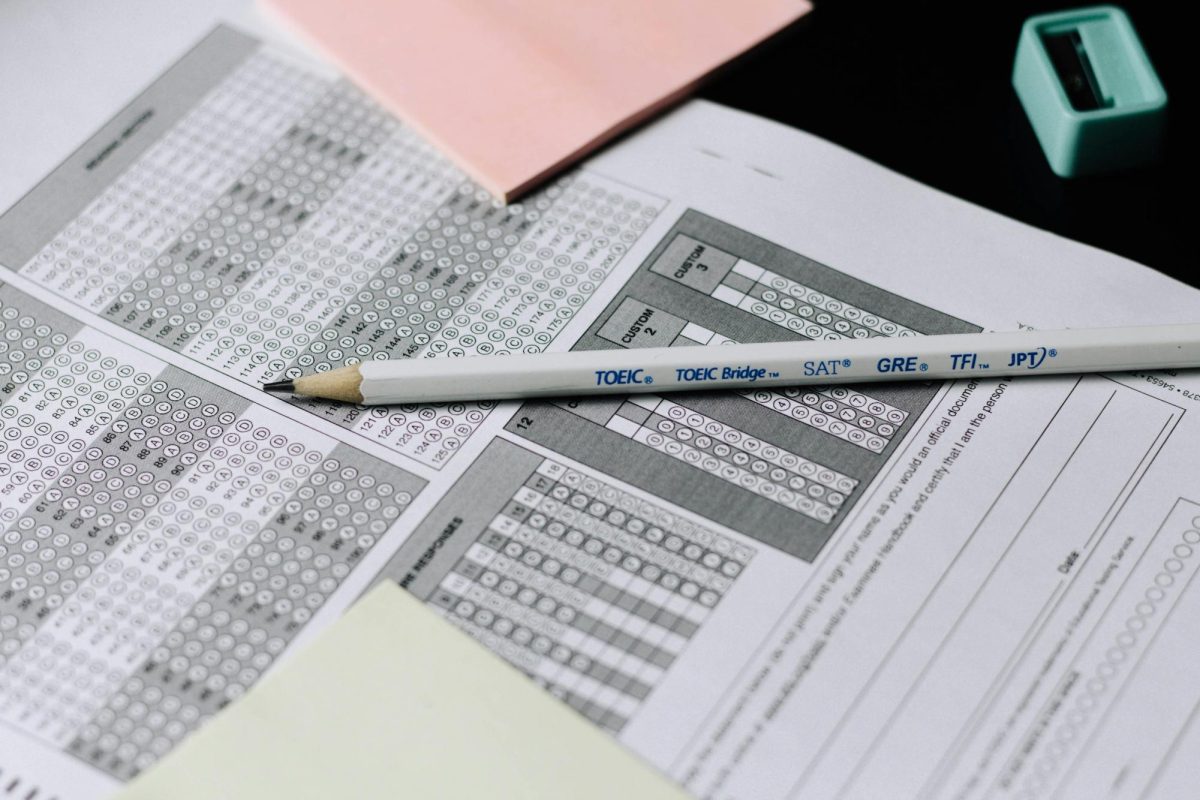Picture this: your teacher is returning essay grades, and you are notified that your essay was flagged for AI usage. Suddenly, you have a zero in the gradebook and your average is plummeting, even though you never used AI at all. This is the situation Nisha Naveen, a junior taking British Literature Honors, found herself in. Since the popular AI chatbot ChatGPT exploded in popularity, high school students have been using artificial intelligence to help with their schoolwork. Although this tool can be employed for beneficial purposes, such as explaining difficult concepts, many students use AI to write their essays for them. Teachers at Wilcox use Turnitin.com, a popular plagiarism detector, to hold students accountable who submit AI-generated essays. Although Turnitin is an extremely useful tool for teachers to keep AI usage in check, the software has also issued multiple false positives, leading teachers to incriminate innocent students such as Naveen for plagiarism.
Ms. Nuti, an AP Lang teacher, states that, “I have seen an uptick [in AI generated essays].” Several teachers in the English department have reportedly noticed a spike in AI usage on essays even before ChatGPT’s initial boom. As this issue becomes more prevalent, teachers have been strictly examining the percentage of AI in student essays that is detected by Turnitin. But as soon as a student tells their English teacher that they didn’t actually use AI in their flagged essay, the problem becomes much more complicated.
Why do these false positives happen? Often, AI generated essays use a pattern of overly consistent and monotonous sentence structure that immediately stands out as “not quite human” writing. According to Ms. Nuti, AI detectors are even beginning to flag students for employing applications like Grammarly to improve the technical aspects of their writing. A combination of repetitive sentences and the use of certain softwares contribute to the inaccurate flagging of an essay.
Many students have no idea what to do when confronted with the accusation that they plagiarized their essay. Naveen explains how, “the essay made up an unbelievable percentage of our grade, so when I got flagged for 30% AI and the 0 was put into the gradebook, it was really stressful.” A student who put their time and effort into writing a strong essay would understandably be upset when being declared guilty of cheating through AI. Not to mention, the consequences for plagiarizing an essay can have a crippling effect on your record, potentially impacting your chances of getting into a good college. When a responsible student is faced with such a daunting accusation, they might wonder what they can do to challenge a highly trusted software like Turnitin’s AI detector.
Luckily, teachers are open to discussing the chance of a false positive. “I try to be as fair as I can… based on what I know about the student,” Ms. Nuti explains. Her process for dealing with false AI detection is to first check Turnitin to examine which areas of the student’s essay was flagged, then reassess previous drafts of the essay to determine where the issue started. If she notices consistency between drafts and her knowledge of the student’s integrity encourages her to give them the benefit of the doubt, she will consider going back and regrading the part of the essay that was falsely flagged.
Many English teachers are beginning to use Draftback, a Chrome extension that allows a teacher to pull up their student’s essay and watch how they planned and typed their work in real time. Draftback also includes the amount of time a student spent on their essay; if a teacher sees that a student somehow wrote a multiple page essay in a matter of seconds, they’re not likely to believe that student is being falsely accused of AI usage.
But the most important tool teachers use to determine the integrity of your work is their personal judgement. Ms. Nuti makes the point that, “We have to trust what we have, but if we don’t want kids totally relying on robots to write their essay, then we can’t totally rely on robots as a tool.” Towards the second semester, teachers will often know their students’ writing styles well enough to gauge whether or not their writing might be AI generated. If your teacher notices that your essay clearly appears to be written in your style, they will be more likely to consider the possiblity that AI was falsely detected. Along these lines, Naveen emphasizes the importance of building a strong and trusting relationship with your teachers, “so that even if something does go wrong, it is easy to work it out with them.”
Although each teacher has their own process for confronting false positives, there are much fewer school-wide or even district-wide policies for dealing with this prevalent issue. According to Wilcox’s student handbook, “Students found to have committed an act of academic dishonesty shall be subject to district and school-site discipline rules.” At Wilcox, false positives are mainly left to the teacher’s judgement to resolve. As the problem has grown more relevant, teachers are beginning to discuss whether or not they need more specific rules for dealing with AI. Seeing as the rate of false positives and AI-generated essays in general are only continuing to rise, a new academic integrity policy specific to AI is certainly something the district may want to look into.
If you ever find yourself being falsely accused of AI plagiarism, it’s important to remember the tools you have to defend your integrity. Drafts are crucial—if you have evidence of a logical progression leading to your final draft, pleading your case becomes a much simpler task. Make sure to remember that teachers are also struggling with this issue just as much, and are still looking for the best methods to deal with inaccurate AI detection. Naveen offers a final word of advice, “Take a breather and talk to your teachers… more often than not, they are understanding and here to help.”

